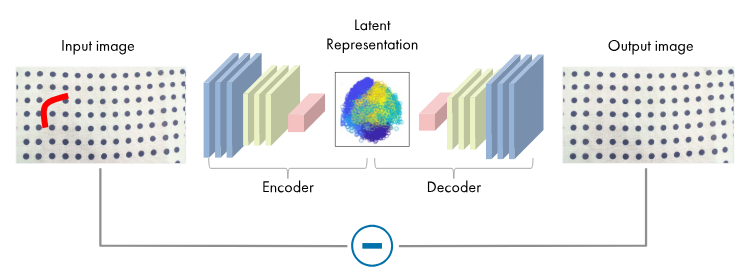Medium
1M
158

Image Credit: Medium
How Autoencoders Helped Me Detect Anomalies Before They Became Disasters
- The essay discusses the usage of unsupervised autoencoders for detecting anomalies in high-dimensional environmental data.
- The approach involves training the autoencoder on everyday observations to identify deviations using reconstruction error.
- Results demonstrate high precision (~95%) and a strong AUC of 0.90, with lower recall due to a conservative threshold.
- The conclusion highlights the effectiveness of autoencoders for learning standard patterns and suggests tuning thresholds or architectural enhancements for improved anomaly sensitivity.
Read Full Article
9 Likes
For uninterrupted reading, download the app